Dear Jacky:
I wrote a picture book… what do I need to know about finding an illustrator?
First thing’s first, well done! Putting the words to paper is no easy feat, and not everybody with a book idea manages to take this first step.
That said, now that you have your manuscript, there’s a number of factors to consider before you think about hiring an illustrator.
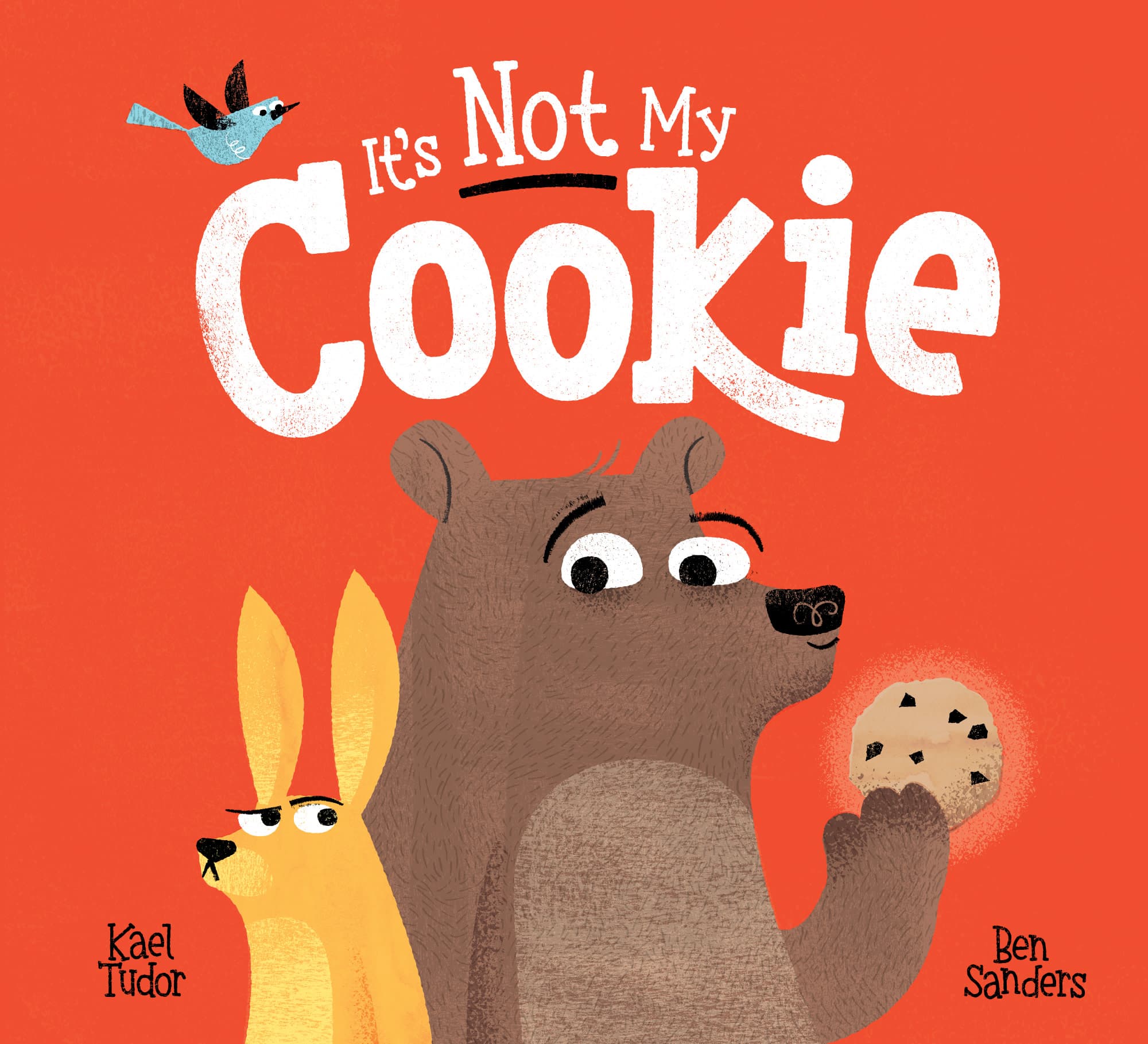
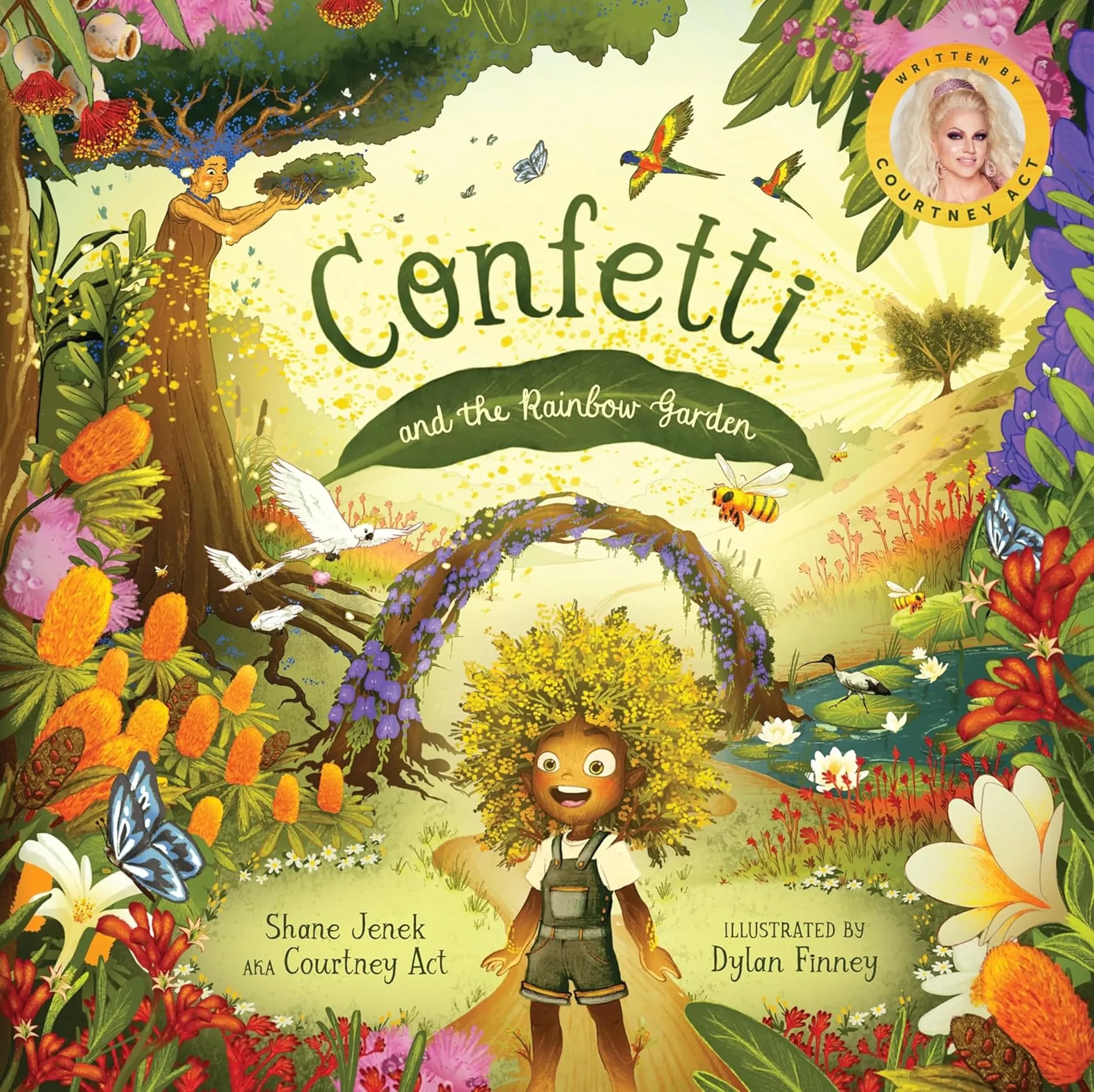
Traditional Publishing vs. Self-Publishing: Which Path Is Right for You?
Traditional publishing is the route most people are imagining when they write a book. It means you will be paid an advance for your manuscript and offered royalties on future sales.
"What is an advance?" (you say)
The advance is the money you will receive up front, usually based on how many copies of your book a publisher expects to sell. Royalties are the percentage you earn on each sale of the book. However, you will only start earning royalties once your book has earned back the initial advance paid out by the publisher.
It also means all costs of production (including illustration) will be borne by the publisher, and a team of professionals will be by your side from start to finish; an editor, a designer, a sales and marketing team. “One of the benefits of pursuing the traditional route is this access to expertise, with a whole team of people invested in your book’s success,” says Becky Davis, Senior Commissioning Editor at Little Tiger.
If this is the route you would prefer to take, then pause your reading and regroup! You don’t need to hire an illustrator.
Most publishers don’t want to see accompanying illustrations to a picture book text unless the pitch is from an author/illustrator. A publisher will have their own vision in mind (led by experience, knowledge of the market and sales strategy) on how to best bring a text to market, and that includes who illustrates it.
Do they need someone who can draw human characters, or animals, or both? Which artists might best convey the messages or emotions of the story? What styles are selling in the marketplace, or is it worth taking a risk on something new? And what about international appeal?
“Pairing an illustrator with a text has such a large bearing on WHO will read your book, IF it will sell well and WHERE, and as such it’s a very meticulous process. . ."
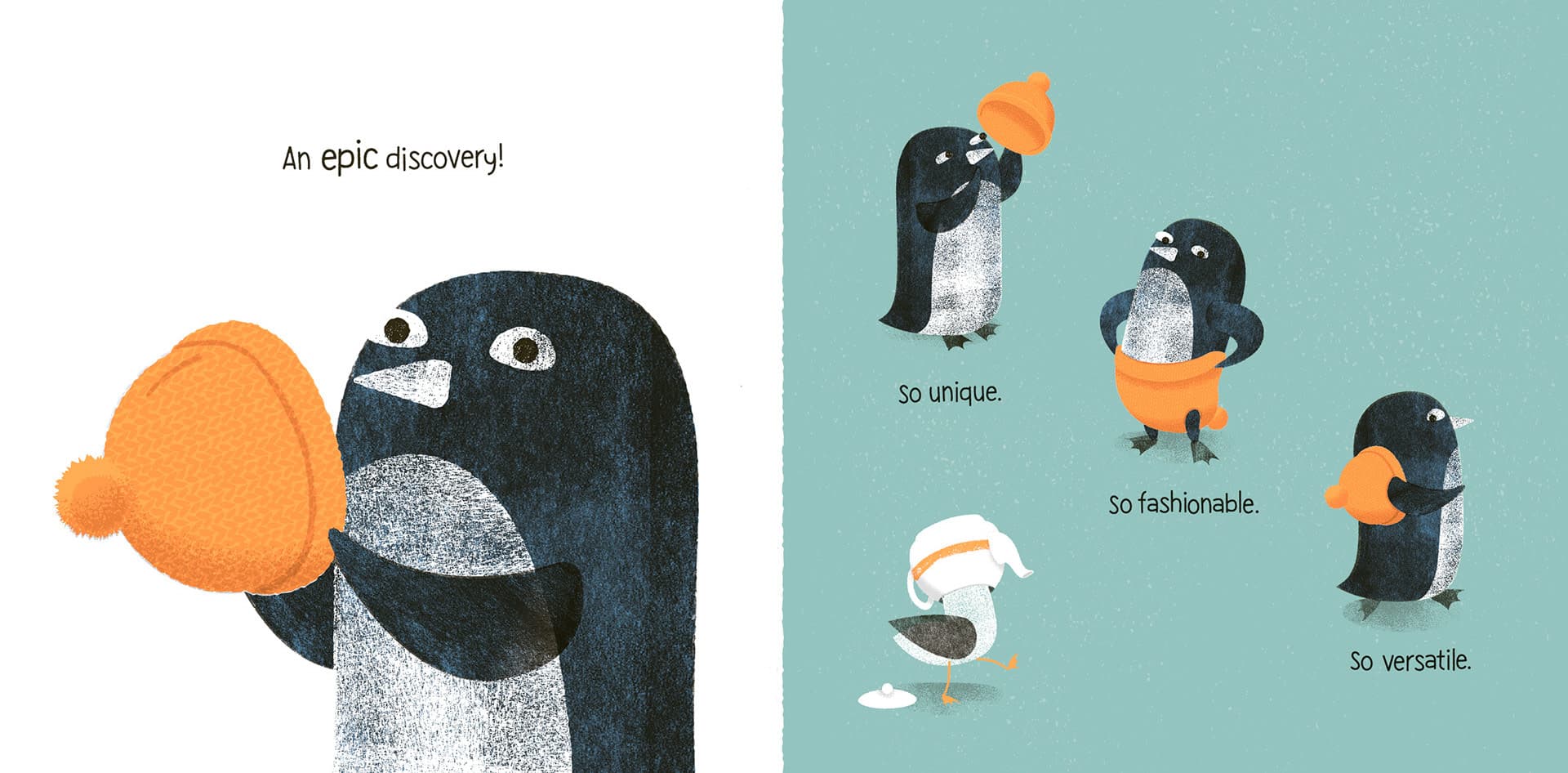
As Becky says, "Of course, the author would always be consulted before a final decision is made”, but as you can see, there is so much that goes into this decision that presenting a project to a publisher with an illustrator already attached can hinder rather than help your chances.
Instead, submit your text to a literary agent (or direct to a publisher if they accept unsolicited submissions) and go from there.
Tips for submitting a manuscript
When you submit, make sure to follow each agent or publisher’s specific guidelines (which will be available on their website and can differ from organisation to organisation).
Usually a submission will include a cover letter, a short synopsis and your full text as an attachment. It’s also useful if you can demonstrate that you’ve thought about who the audience is for this book:
- —•Who is going to buy it?
- —•Where would it sit in a bookstore?
- —•Can you compare it to any popular or bestselling titles already in the market?
Setting expectations:
Being signed by an agent or picked up from a publisher’s submissions inbox isn’t a given! Publishers and agents receive thousands of manuscripts a year, so ask yourself (and really think long and hard about the answer), ‘what makes my book special?’
Make sure your pitch is the very best it possibly can be before you submit it anywhere. Read widely in the category, join a writers’ group, try to get as much constructive feedback as possible. The stronger your text, the better your chances of catching a publisher’s or agent’s attention.
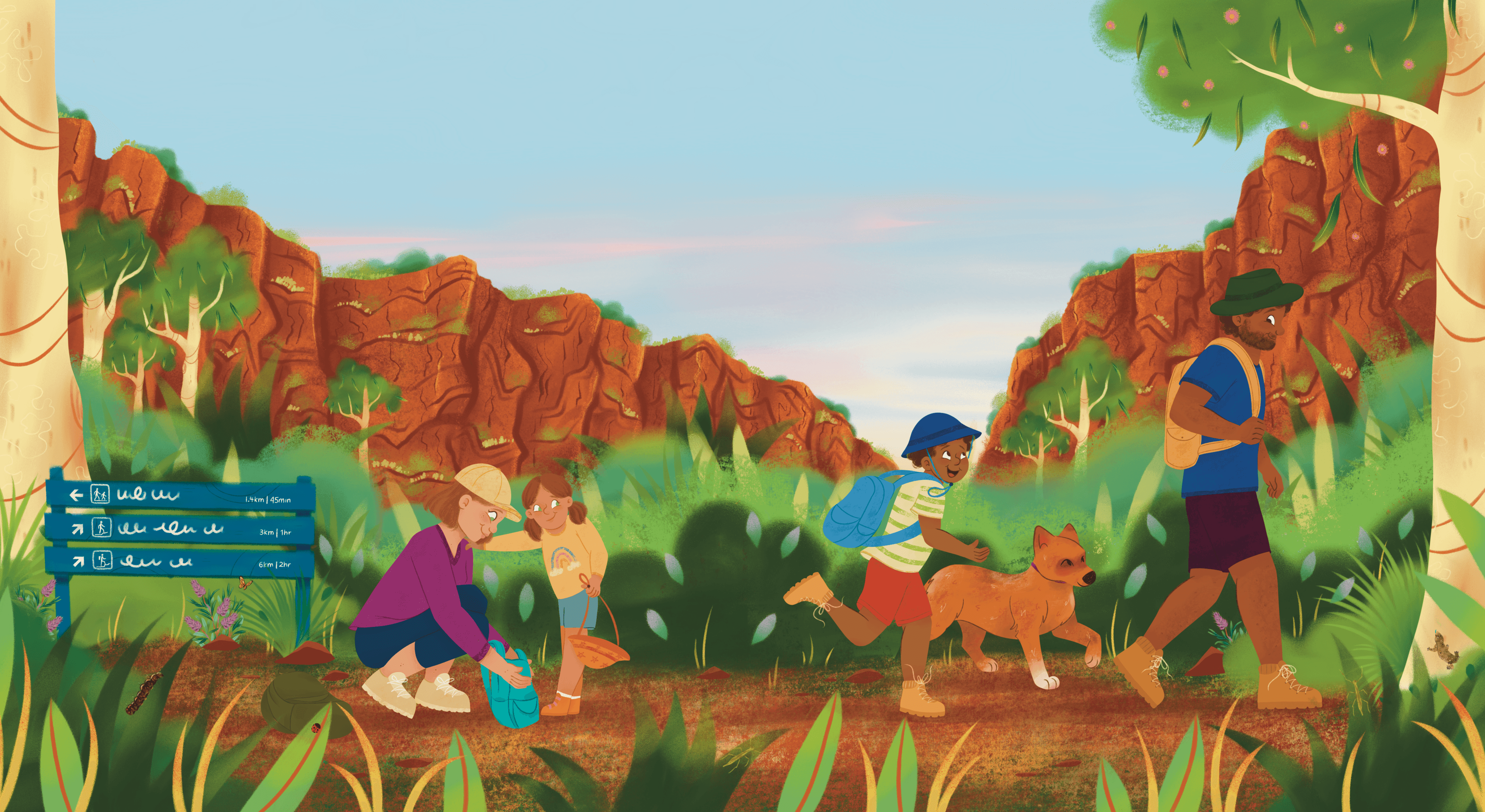
A Self-Publishing Perspective
Not every author follows the traditional path. Anthony O’Connor, author of Straya and Emma After, chose to self-publish his novels to retain creative freedom and control over his work:
“I chose to self-publish mainly because when you go to a major publisher and pitch ‘it’s about a mutant who is bad at violence and he fights a gigantic monster with amateur theatre, oh, and everyone talks in bastardised Aussie slang,’ you’re likely to be forcibly ejected from the building. Against all odds, Straya became something of a cult hit, so when it came time to publish Emma After I took the same route.”
His experience highlights why some authors opt for self-publishing: it allows them to tell wild, original stories their way, even if it means taking on the responsibilities of marketing and production themselves.
How to Find an Illustrator if You’re Self-Publishing
If you are planning to self-publish and wish to hire an illustrator directly, you’ll need to prepare a proper brief, a realistic budget, and project management skills to guide the ship.
There are a number of different self-publishing routes authors can take:
Print-on-demand services: These allow you to publish your book without huge upfront printing costs. Copies are printed as they are ordered so you don’t need to store inventory. This option gives you the most control over the end product but it means you have to be responsible for everything from design to pricing to marketing and distribution.
Hybrid presses: Some small publishers offer a hybrid model where they will offer editorial, design and sometimes distribution support, but you cover all production costs. Be aware that some hybrid publishers offer limited support, and fee and royalty arrangements can vary widely, so it’s important to check your terms carefully and do as much research as possible before committing.
Crowdfunding platforms: Use a platform like Kickstarter to raise funds upfront to cover the costs of self-publishing. Crowdfunding helps identify and build an audience before the book launches, and some books have been known to catch the attention of traditional publishers via crowdfunding campaigns (Good Night Stories for Rebel Girls famously started this way!). But it requires planning a campaign and promoting it actively, not to mention once you’ve raised the funds you will still need to handle the logistics of production.
“Self-publishing isn’t easy — you’ll have to be your own marketing department — but it does offer more immediate interaction with fans and the freedom to tell wild, original stories your way.”
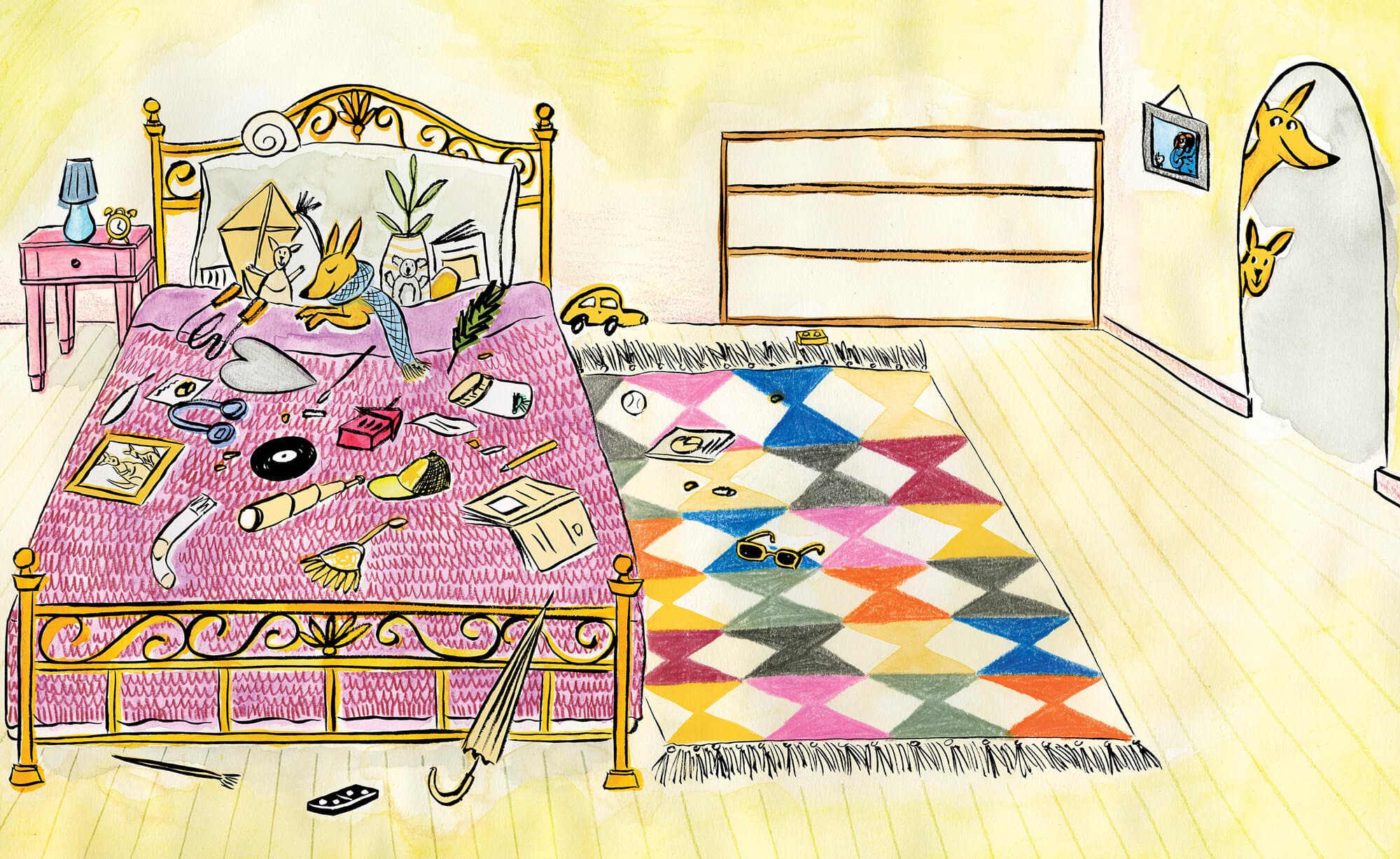
How Much Does It Cost to Hire a Children's Book Illustrator?
What Affects Pricing:
A great picture book illustrator doesn’t just “draw your words”; they are equally responsible for the telling of the story. Almost like a co-author.
This takes a lot of skill in character design and sequential art, usually gained over years of professional experience. Not to mention the time that goes into creating these illustrations, and naturally this is all reflected in the fee an artist will expect to receive.
As a self-published author, you’ll most likely be offering a flat fee (rather than royalties), which will impact an illustrator’s potential earnings from your project. That’s why it’s important to understand what influences the price of illustration work.
An illustrator’s fee may vary depending on factors such as:
- —•Experience – more established illustrators command higher rates, reflecting their expertise and track record.
- —•Scope – the number of pages, illustrations, or design elements required.
- —•Style – a loose, sketchy style may take less time than a detailed, painterly approach.
- —•Complexity – crowd scenes, elaborate backgrounds, or intricate detail increase the workload.
- —•Schedule – tight deadlines often mean higher fees to compensate for intensive work periods.
These variables mean it’s hard to give one “standard” figure. But to provide a very general guide to typical illustrator fees:
- —•Cover illustrations for a self-published project might range between 1000-2500 (AUD)
- —•For illustrations on a self-published standard length picture book (usually 24 pages), your starting rate might be around 7000 (AUD)
The ASA has a great resource outlining standard rates of pay for illustrators working on self-published projects. And for those of you outside of Australia, the Society of Authors has some good guidance around pricing and links to further resources. Check out these resources for a good overview on how book illustration is valued:
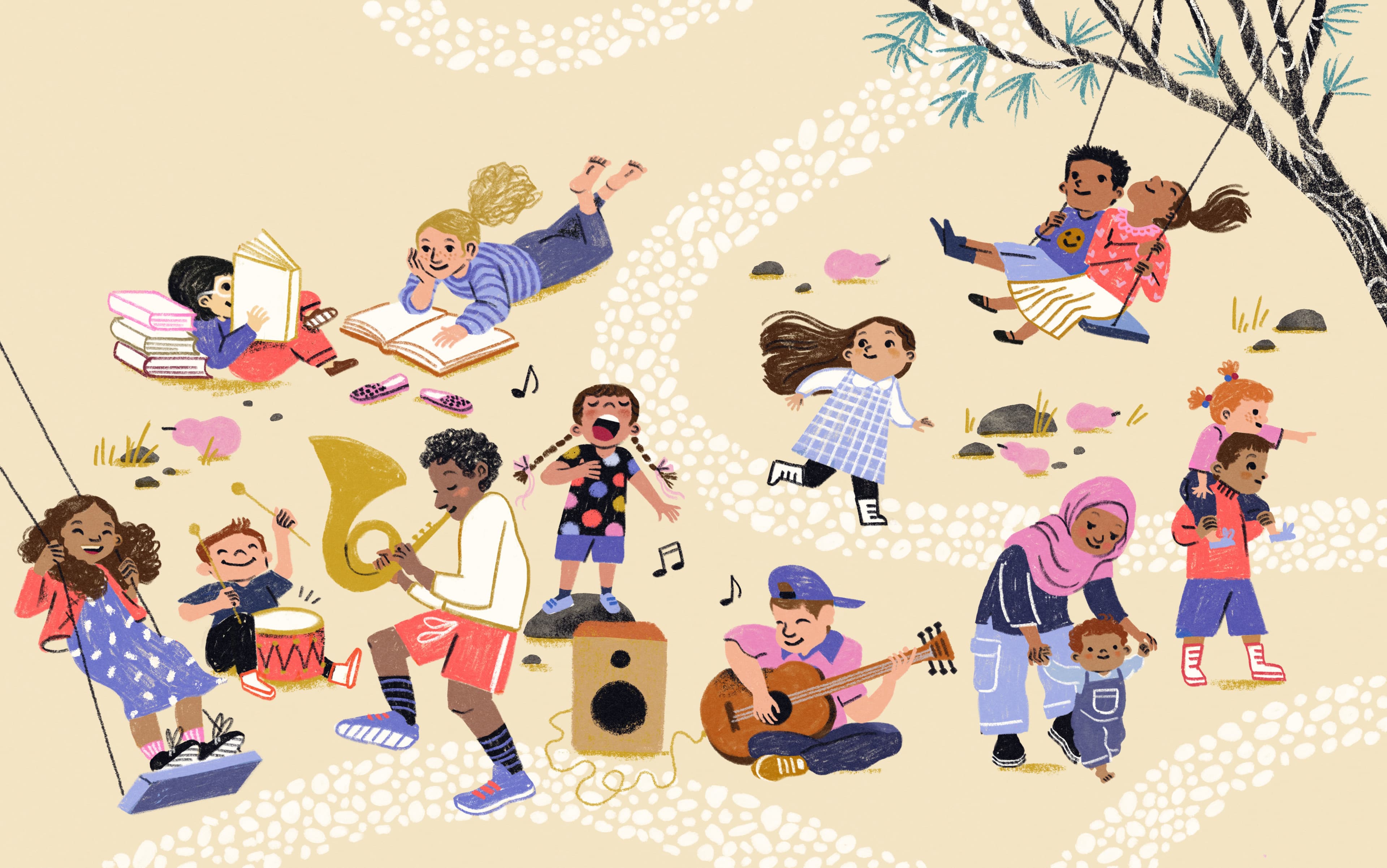
Approaching an illustrator as a collaborator: in some cases an author might approach an illustrator with the idea of collaborating on a project to pitch; almost like a “co-founder” arrangement. It's rare for an illustrator to take this on without upfront payment, but if they really connect with your text it can happen.
How Long Does It Take to Illustrate a Picture Book?
It’s important to be realistic about timeframes. A fully illustrated picture book can easily take several months to complete, even before design and production stages.
Illustrators usually work through a process of character design, rough sketches, revisions, and final artwork, plus many artists will be juggling other commitments alongside your project. If you’re aiming for a specific publication date (for example, tying the book to a seasonal event), it’s best to plan at least 6–12 months in advance.
Beyond Illustration: Design, Typesetting, and Art Direction
What illustrators do (and don’t) handle
At Jacky Winter, our illustrators mostly work on book projects that come through traditional publishers, and this is in part because of the structure and processes in place for such projects.
Somebody new to the process of producing a book might not realise that the creative work going on around the illustrations (such as art direction, typesetting and design) is not the responsibility of the illustrator. Traditional publishers have people in place to take care of these things, which means that an illustrator can focus on the work of illustrating!
If you are taking the self-publishing route, it is worth thinking about how to tackle these pieces of the puzzle, which are essential to making a picture book the very best it can be! If you’d like the illustrator to take on these duties, you must make it clear from the outset and expect to set aside additional budget.

Contracts, Rights, and Red Flags to Watch Out For
Even if your project feels friendly and informal, it’s essential to have a written agreement in place. A clear contract protects both you and the illustrator, and helps avoid misunderstandings down the track.
Your agreement should spell out the payment schedule (for example, a deposit up front, a milestone payment partway through, and a final installment on delivery), as well as deadlines for sketches, finals, and revisions.
Make sure it also sets out exactly what rights you are licensing: are you commissioning illustrations only for your book, or do you want to use them for merchandise, marketing, or other formats? More usage means more value, and this should be reflected in the fee.
Finally, be wary of offers that seem too good to be true. Professional illustration takes significant time and skill. If someone is quoting far below industry rates, it may mean corners will be cut, or that the illustrator won’t be able to sustain the project to completion. Respecting fair rates is not just ethical, it also gives your book the best chance of success.
Next Steps for Aspiring Authors
So what next for your book, now that you are armed with this invaluable information?
The key is to be clear on your publishing path, your budget, and your expectations. If traditional publishing is your dream, put your energy into polishing your manuscript and submitting it to agents or publishers, knowing they’ll match your story with the right illustrator.
If self‑publishing is the adventure you want to take then before you approach an artist: Prepare a thoughtful, detailed brief, set a realistic budget, and research how book illustration is valued so you can approach illustrators respectfully and professionally.
Note: Remember that illustration agents often don’t handle self-published projects, as they can be very hands-on and speculative, so this process will largely be your responsibility.

Where To Look For Illustrators
There are many ways to connect with artists. You can reach out via social media, or check some of the resources we've listed below. Many illustrators also maintain personal websites and portfolios, and SCBWI offers a global network of children’s book creators.
Whichever road you choose, go in informed, prepared, and ready to collaborate.
Good luck!
- Naomi Perry | Literary Agent and Producer for Gildlings
Newsletter
Further Reading
About the author

Naomi is Jacky Winter’s inaugural Literary Agent, developing book projects with our artists and leading Gildlings; an arm of the agency dedicated to opportunities in the publishing space.
With over a decade of experience in the publishing industry, Naomi brings a wealth of expertise, a sharp eye for detail, and a genuine passion for helping artists achieve their best work. She’s driven by the opportunity to create meaningful outcomes for those she works with, focusing on building strong, lasting relationships along the way.

